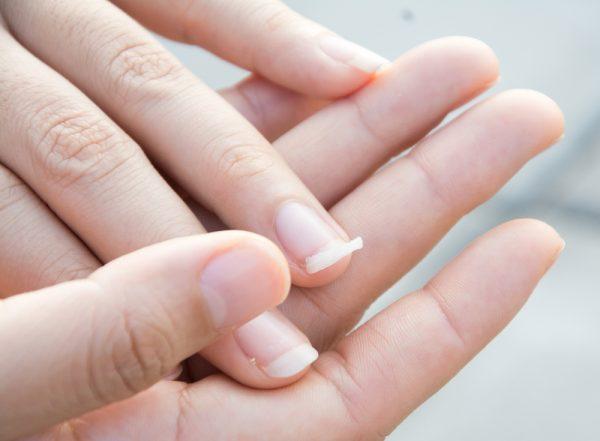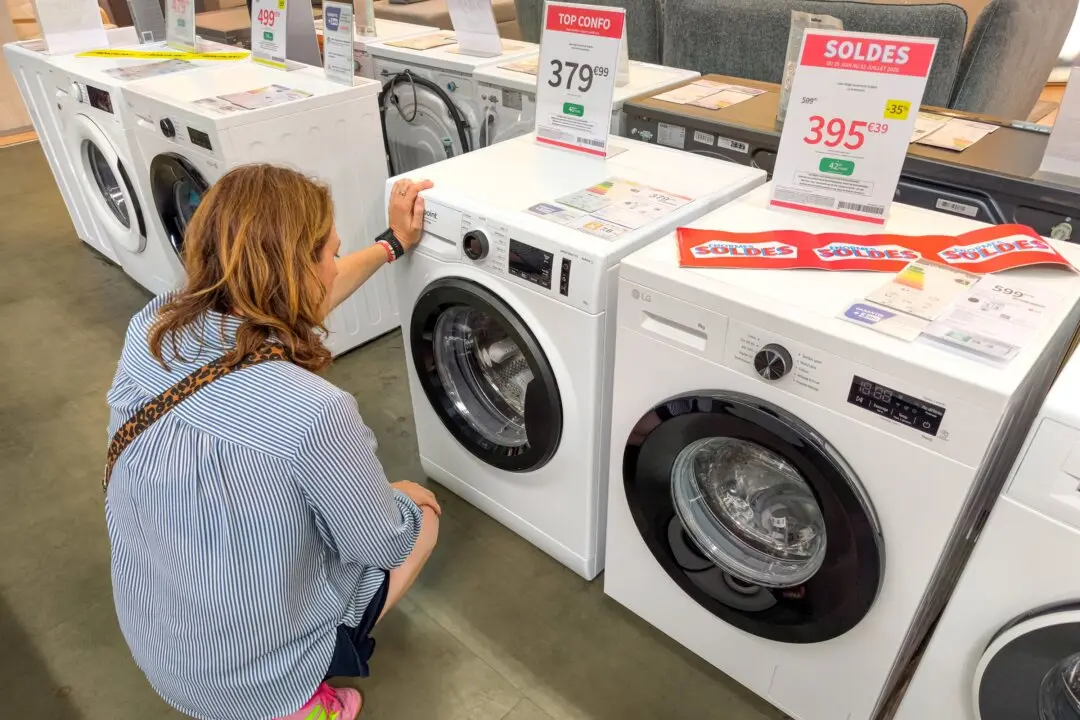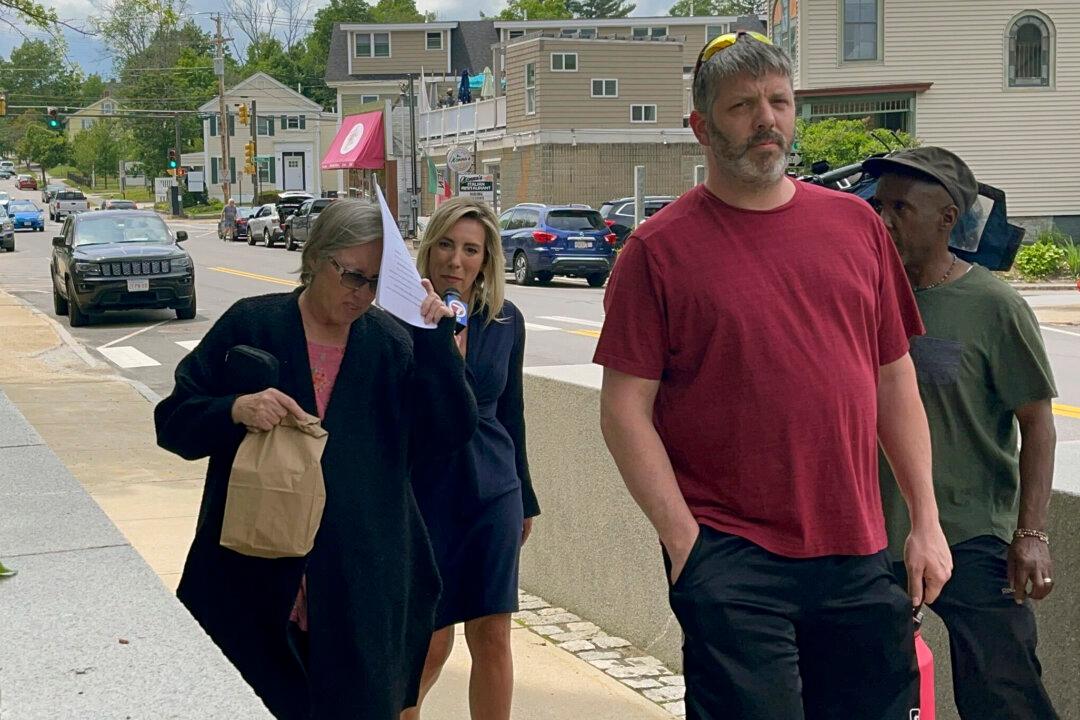In the United States, a large percentage of those 65 years and older are affected by osteoporosis, a disease characterized by low density and quality of bones. If the old idiom “I can feel it in my bones” starts to make much more literal sense to you than in years past, you may want to start listening to what your body is trying to tell. It’s important to know the signs that your bones are in trouble so that you can save them before it’s too late. Here we compiled 8 warning signs and symptoms of bone loss you should watch for:
1. Brittle Nails

Tushchakom/Shutterstock






